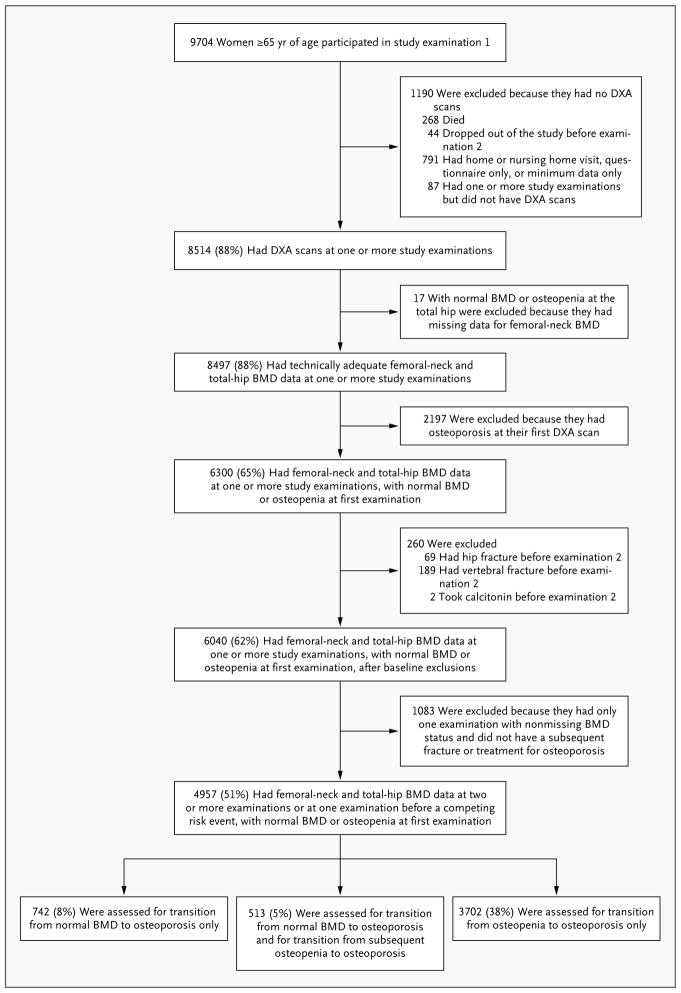Figure 1. Study Populations for Analyses of BMD Transitions.
Of the 8514 women who underwent dual-energy x-ray absorptiometry (DXA) for measurement of bone mineral density (BMD), 3557 were excluded from the study, including those who had osteoporosis (T score at the femoral neck or total hip, −2.50 or lower), those who had a past hip or clinical vertebral fracture or who received treatment for osteoporosis by the time of their first BMD measurement, and those who did not undergo BMD measurements at the femoral neck and total hip at two or more examinations. In the analytic cohort of 4957 women with adequate BMD measurements of the femoral neck and total hip before data censoring, two transitions were studied: normal BMD to osteoporosis (1255 women) and osteopenia to osteoporosis (4215 women). A total of 513 women made the transition from normal BMD to osteopenia and had at least one subsequent examination with BMD recorded; data from these women were included in both analyses.

